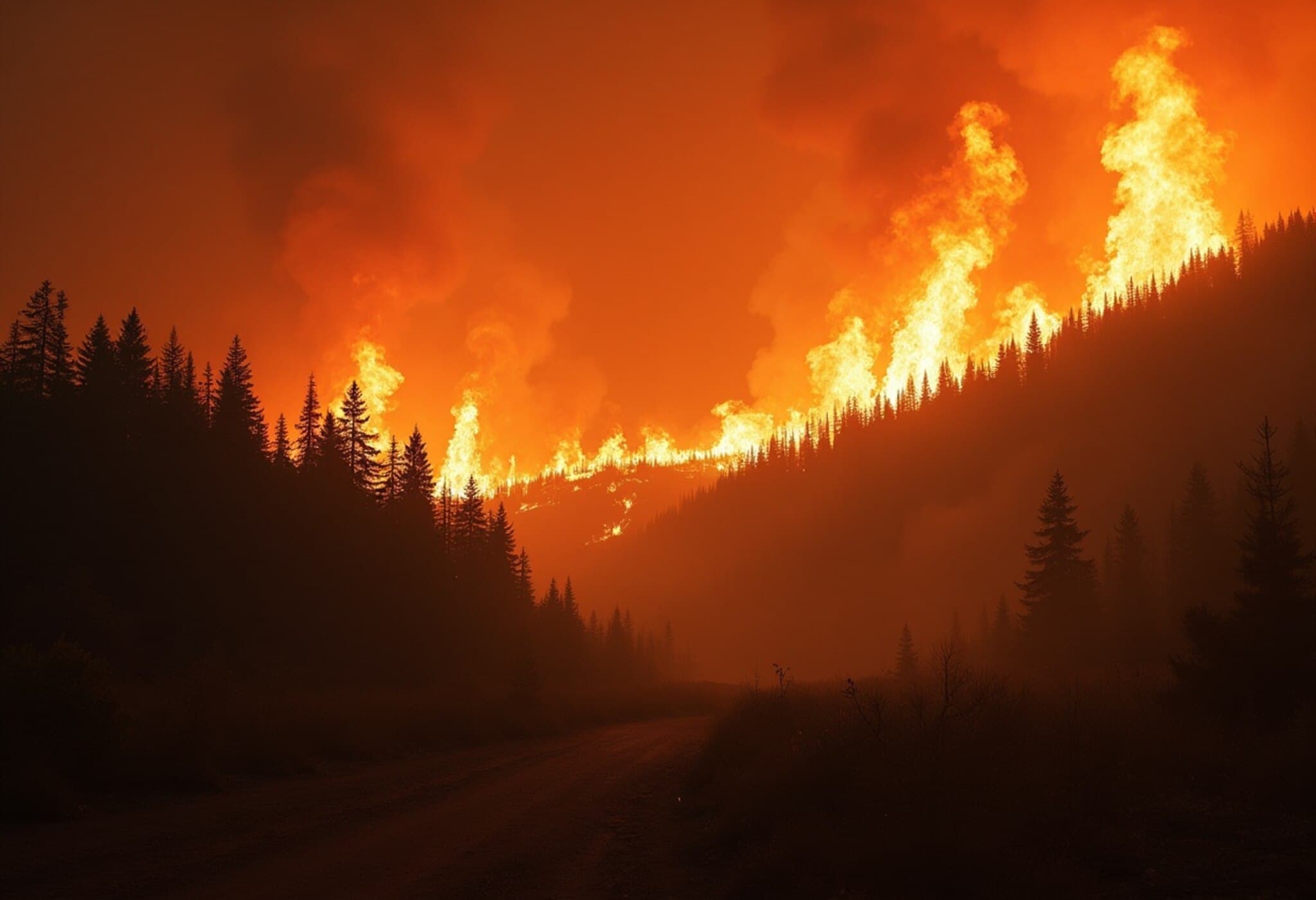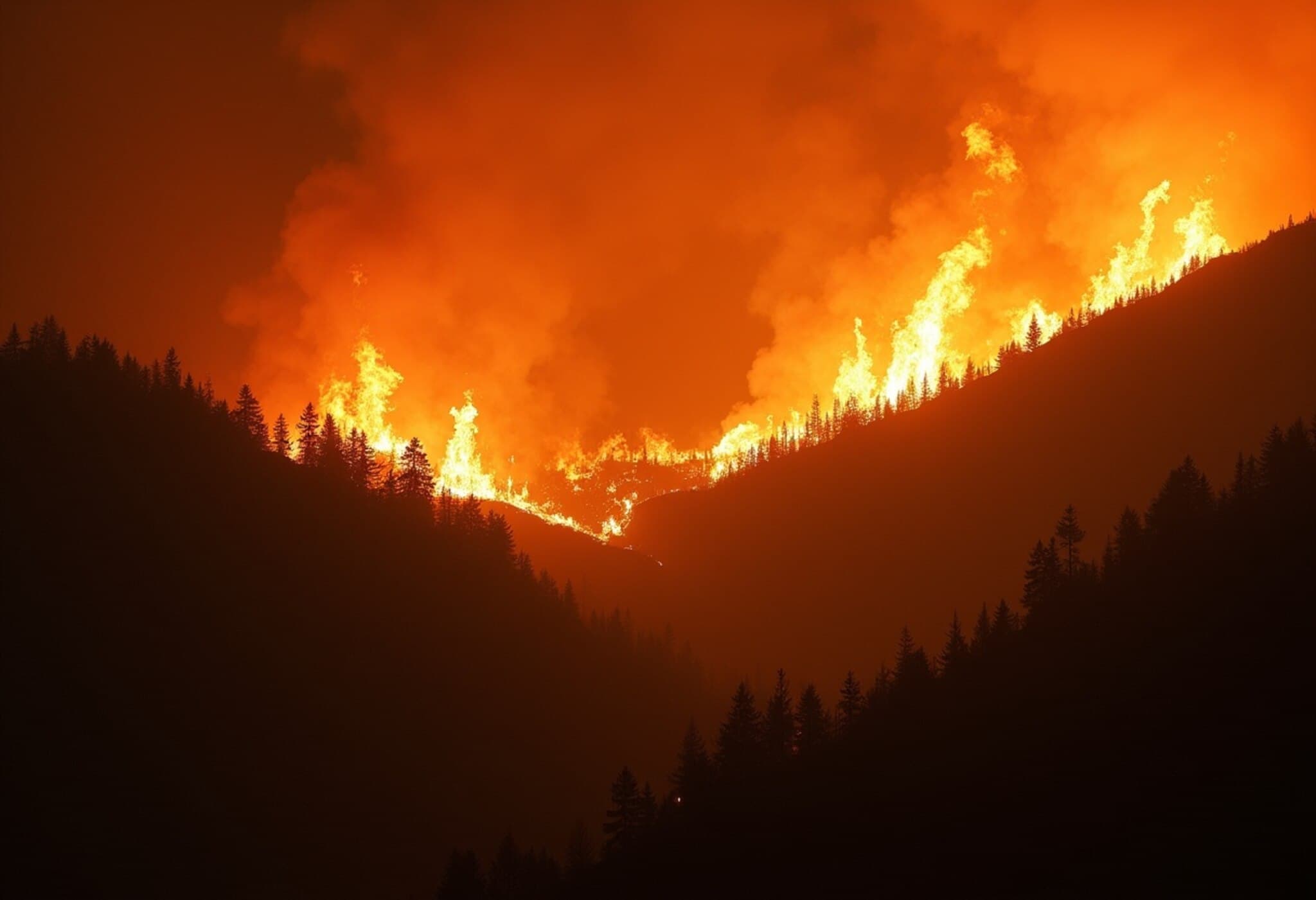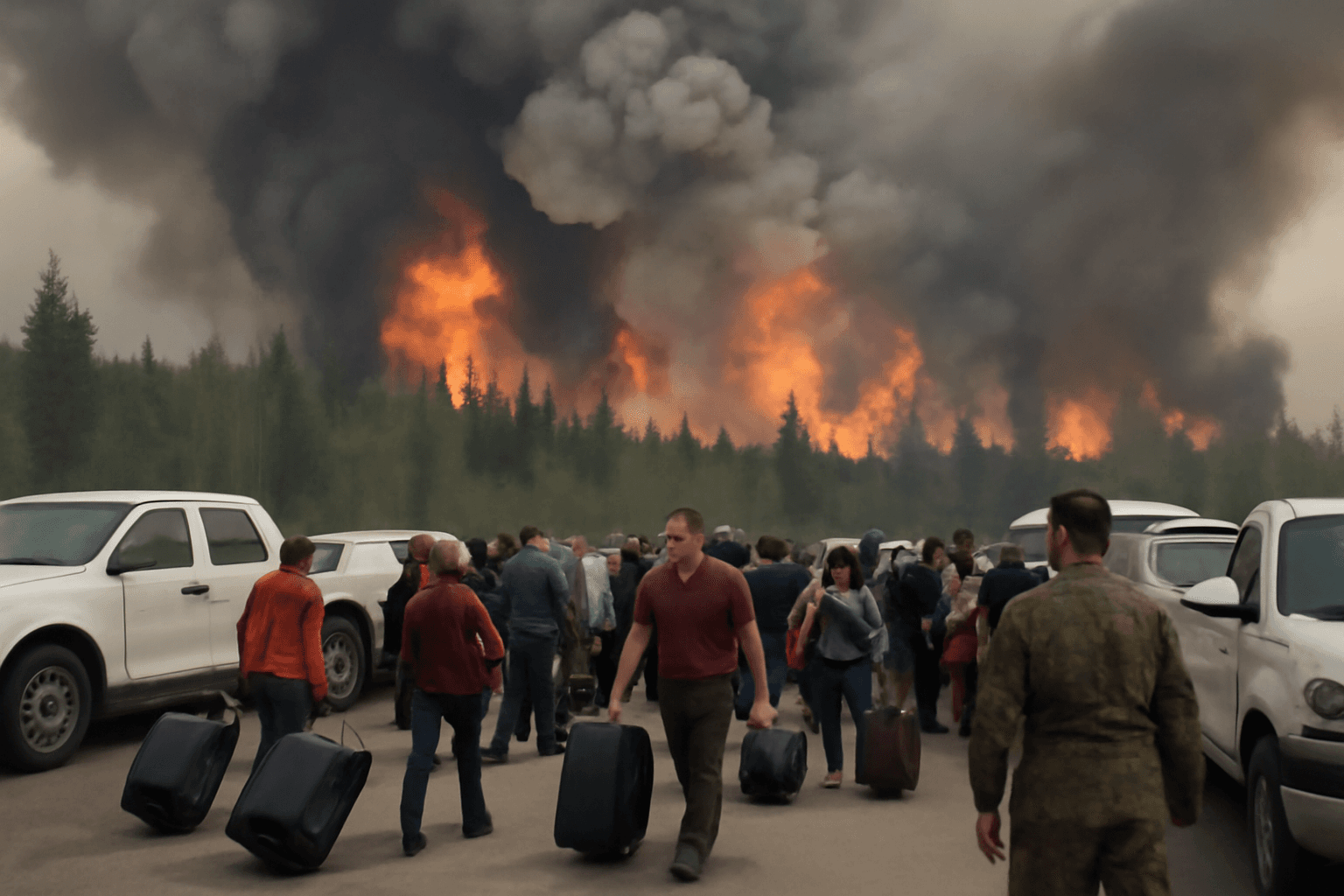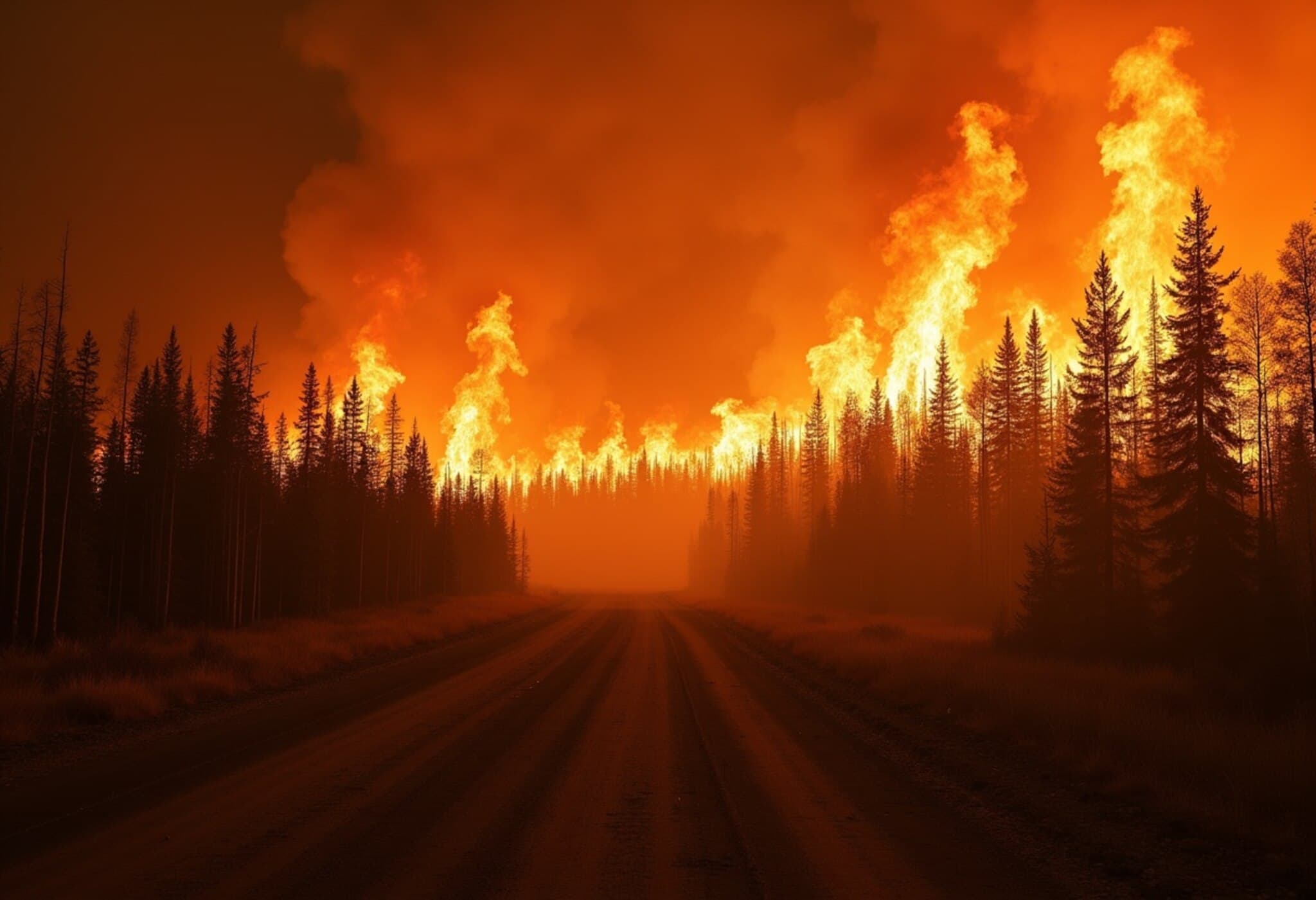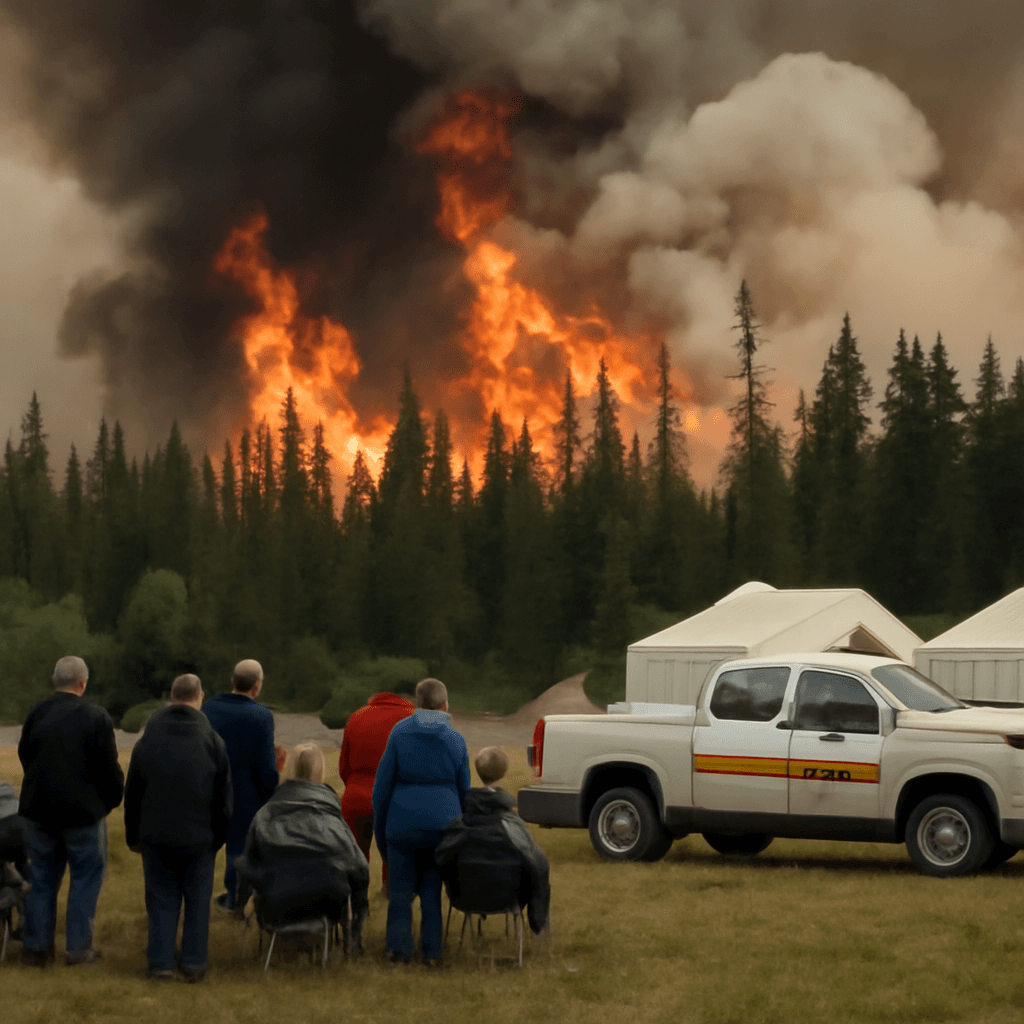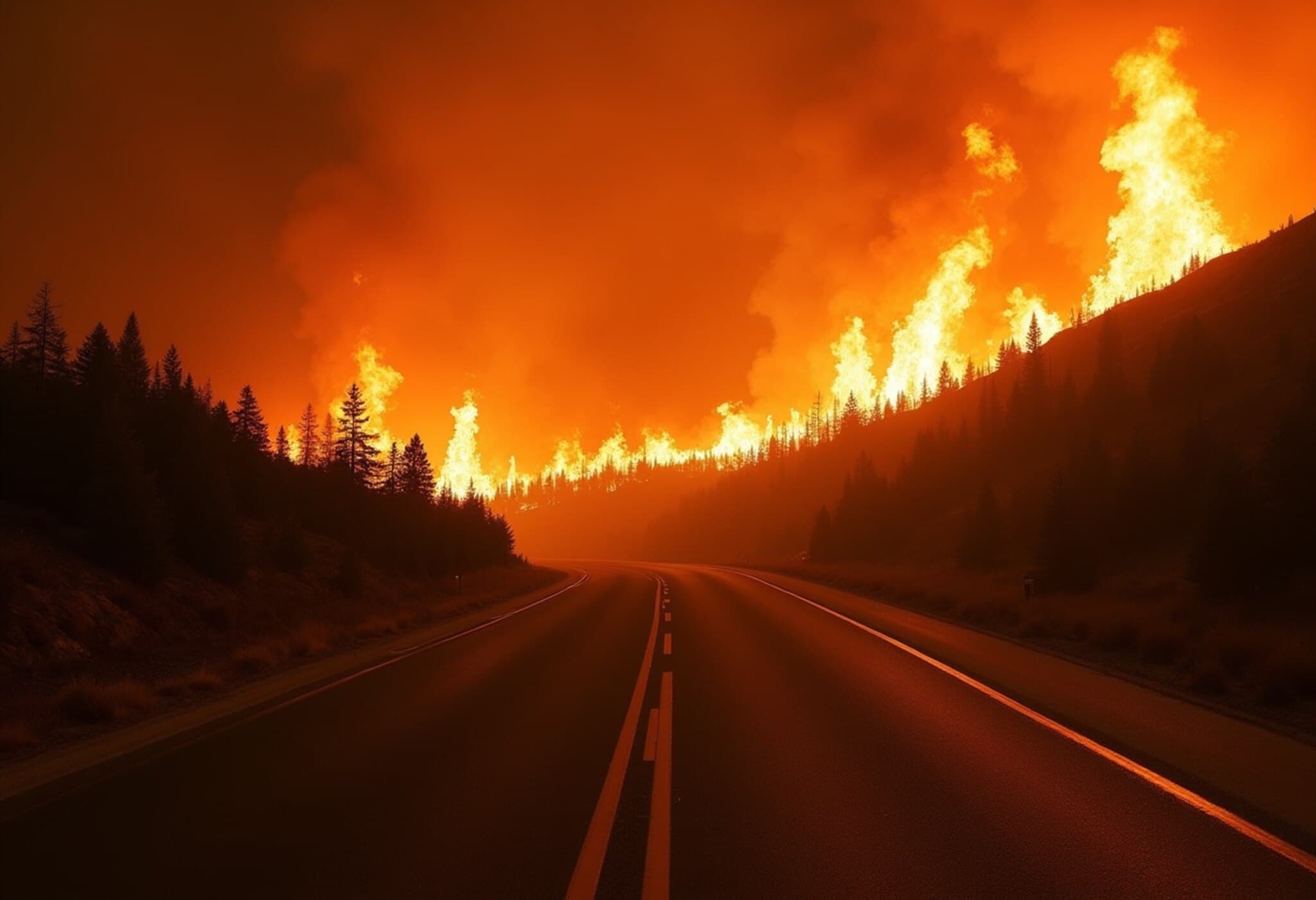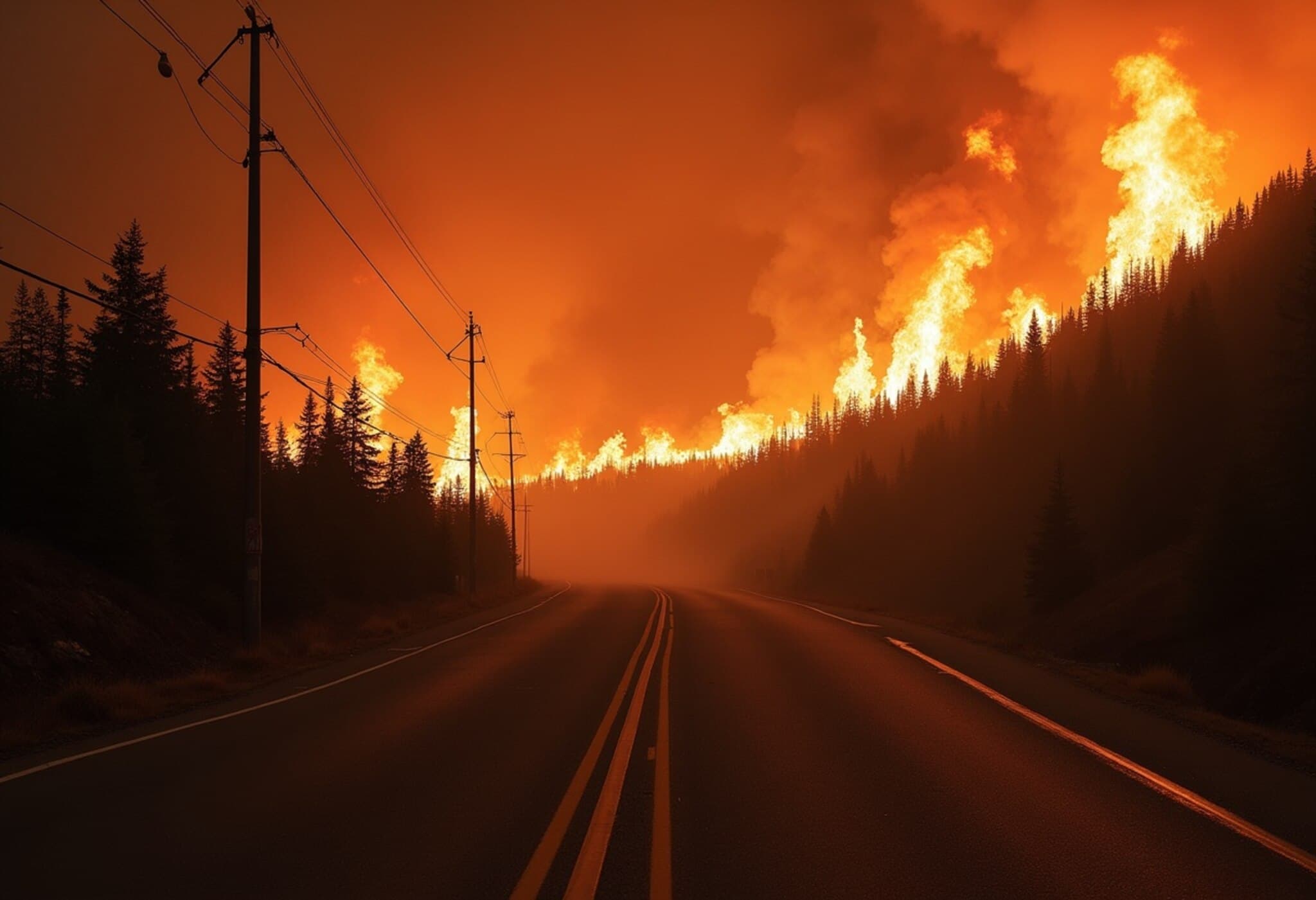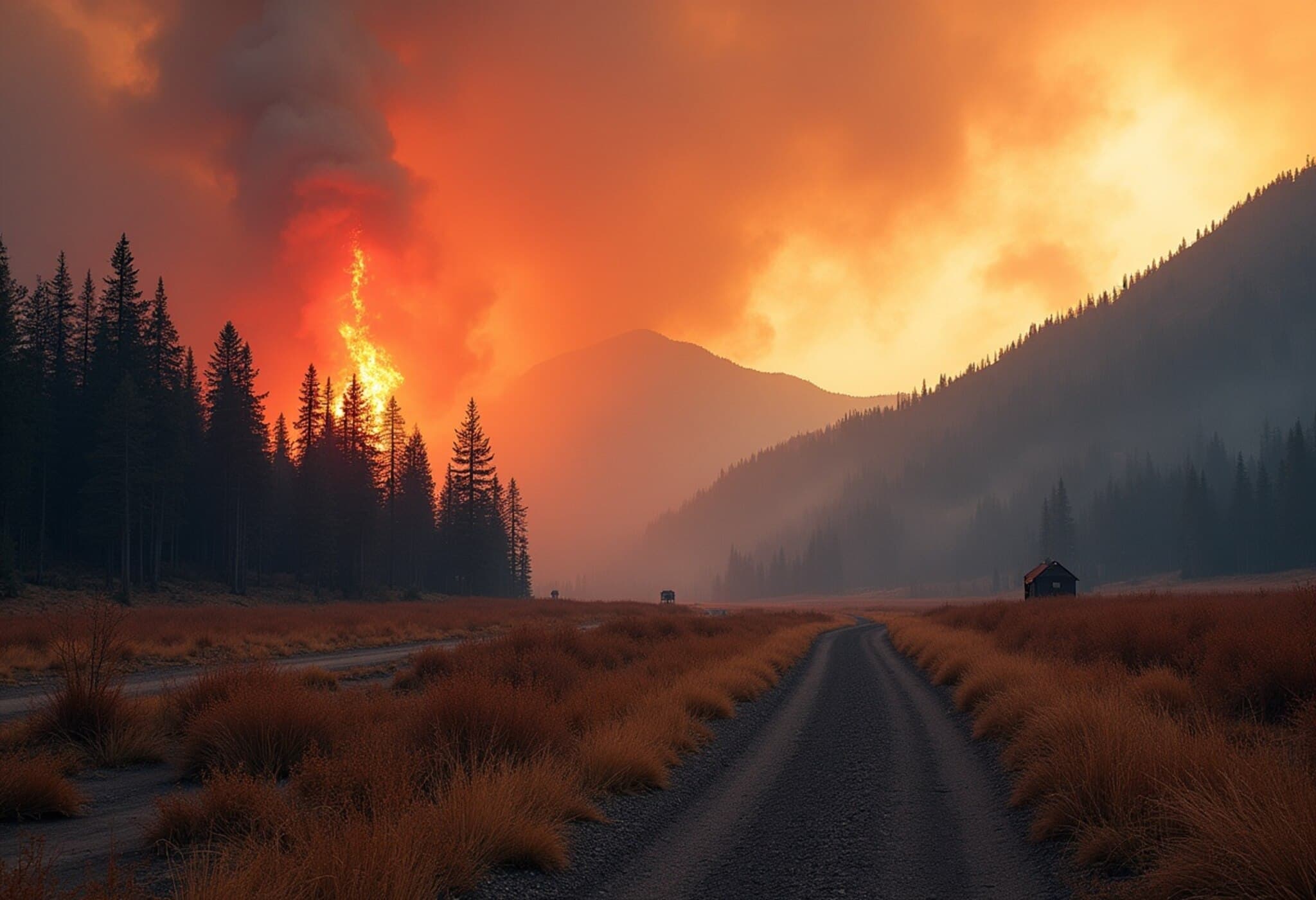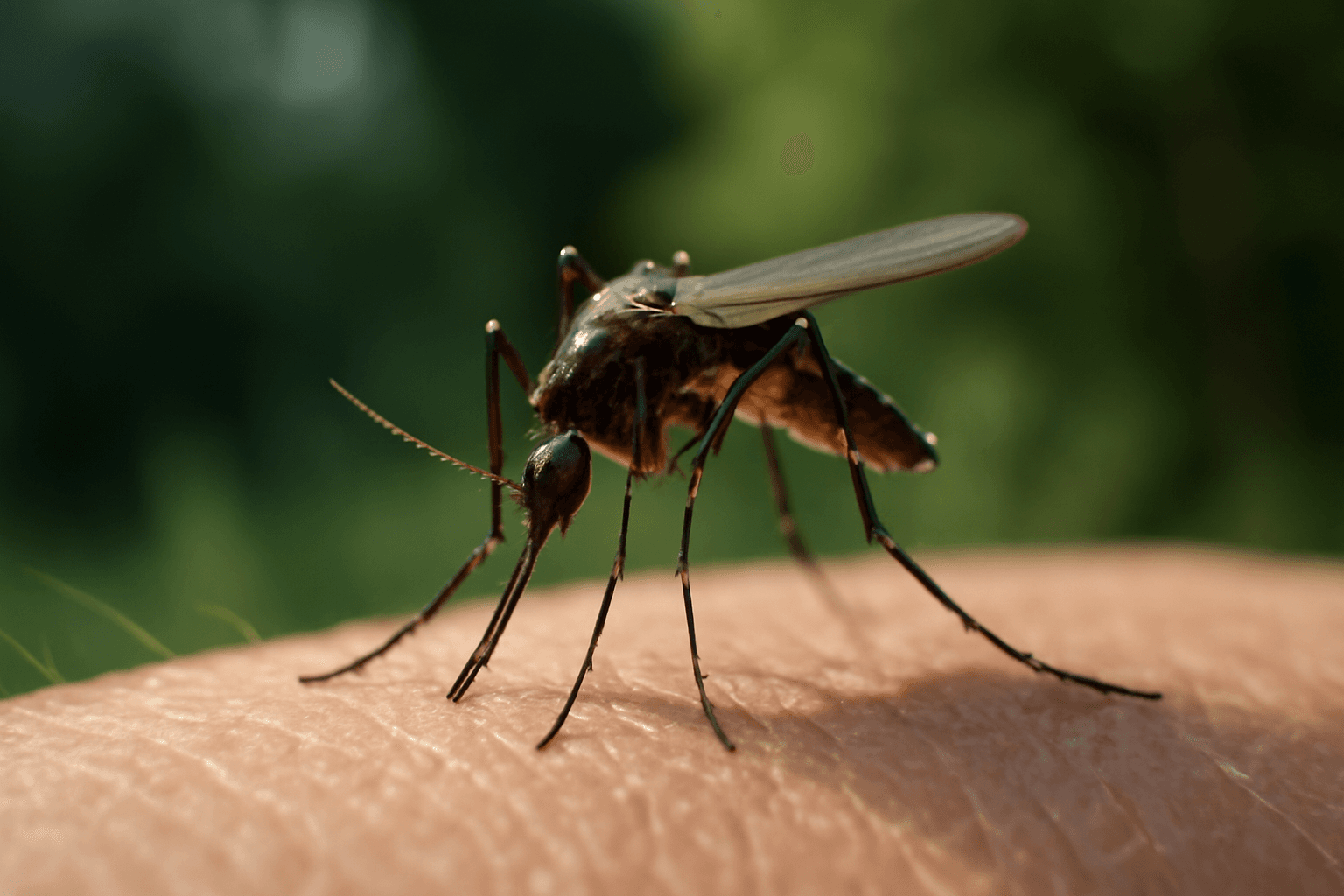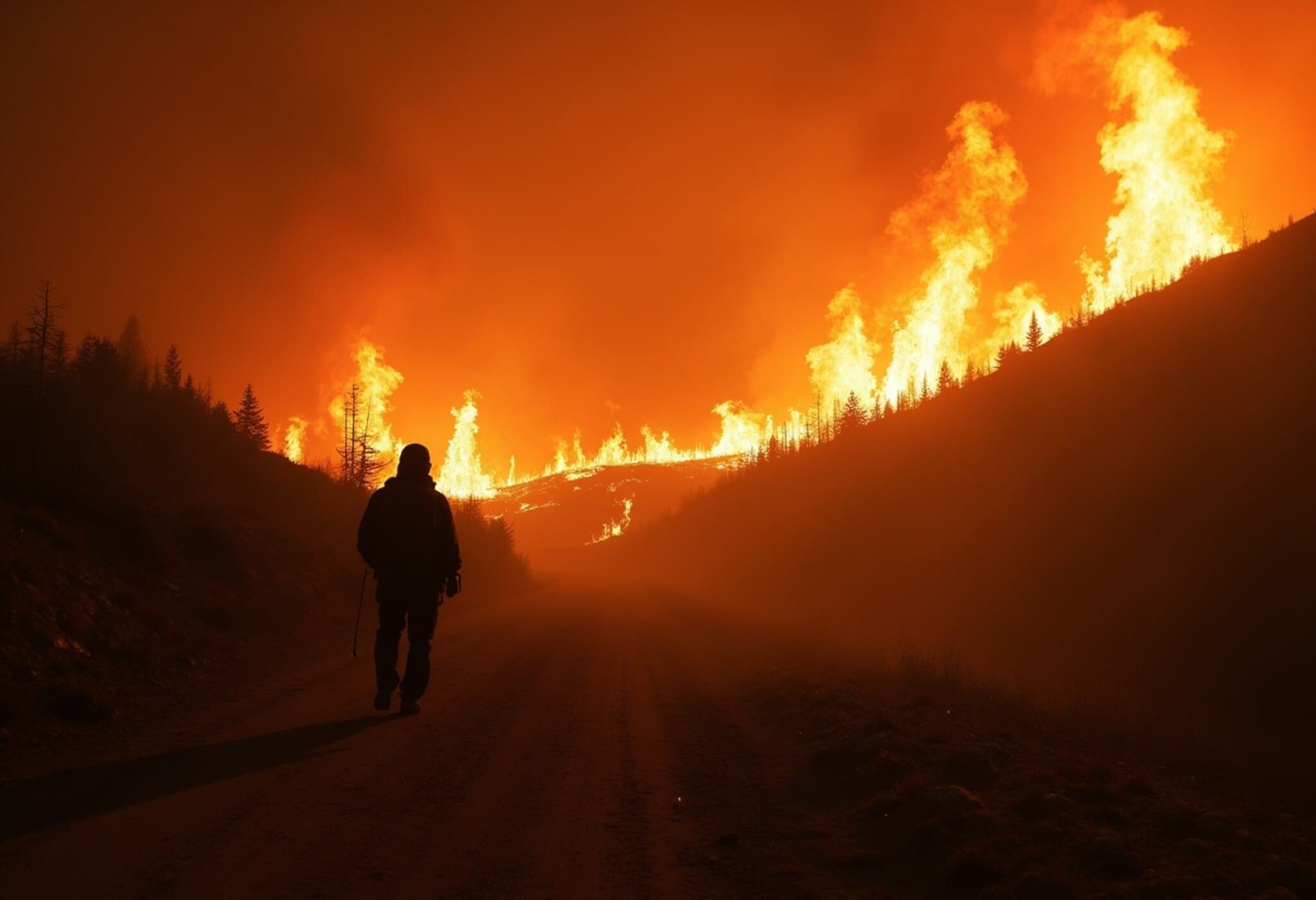Canada Battles Second-Worst Wildfire Season on Record
As the flames rage across vast swaths of Eastern Canada, thousands of residents have been forced to abandon their homes, confronting one of the most intense wildfire seasons in recent memory. With more than 700 active fires blazing nationwide, Canadian authorities are grappling with a crisis driven by unprecedented heat, drought, and shifting climatic patterns.
Alarming Statistics Reveal Wide Scope of Destruction
According to the Canadian Interagency Forest Fire Centre, nearly 18.5 million acres of forest land have been scorched since the start of 2025. This figures as the country’s second-worst wildfire season after the devastating 2023 season, which burned over 42.5 million acres by year-end.
Awa Cissé, spokesperson for the center, cautions that despite slightly fewer acres burned than last year, the season is not over. "Wildfire activity often persists into September and even October," she explained, emphasizing the need for sustained vigilance.
Firestorm Hotspots: From Prairies to the Atlantic
The prairies have borne the brunt, with provinces like Saskatchewan and Manitoba seeing some of the fiercest fires. The Shoe Fire in Saskatchewan, active since early May, has engulfed a staggering 1.4 million acres — an area larger than the Grand Canyon National Park.
Recent rainfall and cooler weather in these regions have provided a much-needed reprieve. Environment Canada meteorologist Brian Proctor noted that these conditions have curbed the ignition of new fires and dampened the expansion of existing ones.
Meanwhile, in a striking turn, parts of Eastern Canada, specifically Newfoundland and Labrador, are experiencing an unusual surge in wildfire activity. These provinces, historically less affected by large-scale fires, are now home to several out-of-control blazes, compelling mandatory evacuations and emergency declarations.
Urban-Adjacent Fires Raise Alarm
Forest ecologist Yan Boulanger of Natural Resources Canada highlighted the heightened risk posed by fires burning in the "wildland-urban interface"—zones where residential neighborhoods abut wild vegetation. This proximity amplifies dangers for communities, complicating evacuation and firefighting efforts.
St. John’s, the provincial capital of Newfoundland, faces dry conditions reminiscent of the arid Canadian Prairies, an uncommon climate profile that feeds the fire risk.
Government Response and Cautionary Measures
In response, Newfoundland and Labrador declared a state of emergency, enacting bans on outdoor burning and restricting the use of off-road vehicles in forested areas — a proactive measure to minimize human-triggered ignitions. Premier John Hogan emphasized zero tolerance for violations: "If you do violate this, we will find you and we will fine you."
Other provinces are closely monitoring conditions. British Columbia, particularly Vancouver Island, is experiencing a spike in fires amid persistent dryness, while Quebec remains relatively spared this season due to favorable rainfall earlier in the year.
Expert Perspective: Climate Change’s Role
Experts warn that such wildfire seasons exemplify the mounting challenges posed by climate change in Canada and beyond. Prolonged drought, record-breaking temperatures, and diminished snowpack—which normally keeps the terrain moist—create tinderbox conditions.
The year’s dry weather has set the stage for rapid fire spread, threatening ecosystems, air quality, and public safety. As the government and firefighting agencies grapple with this crisis, it underscores the urgent need for comprehensive climate adaptation strategies and community resilience planning.
Summary: A Nation on Alert Amid an Unprecedented Wildfire Crisis
Canada’s 2025 wildfire season stands as a stark reminder of the growing risks wildfires pose, even in regions historically less affected. The interplay of climate extremes, urban development near fire-prone landscapes, and evolving weather patterns demands multi-faceted responses from policymakers, emergency services, and citizens alike.
Editor’s Note
This unfolding wildfire emergency highlights pressing questions for policymakers and communities: How can Canada better prepare for increasingly volatile fire seasons? What investments are necessary to fortify firefighting capabilities and enhance early warning systems? And crucially, how can broader climate policies mitigate the root causes behind such destructive extremes? As Canadian communities endure this fiery trial, these considerations take on new urgency.


